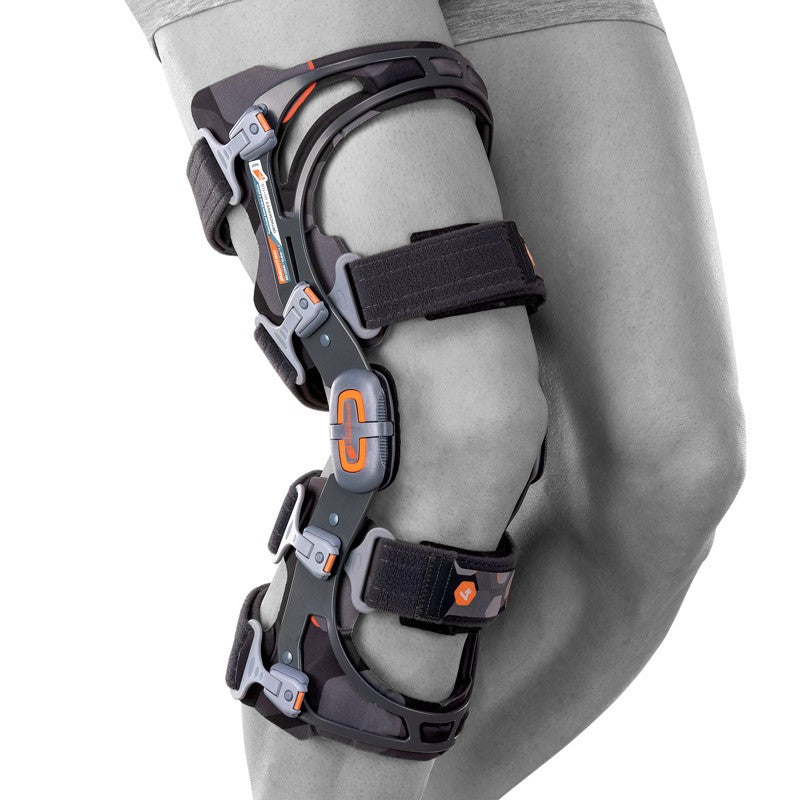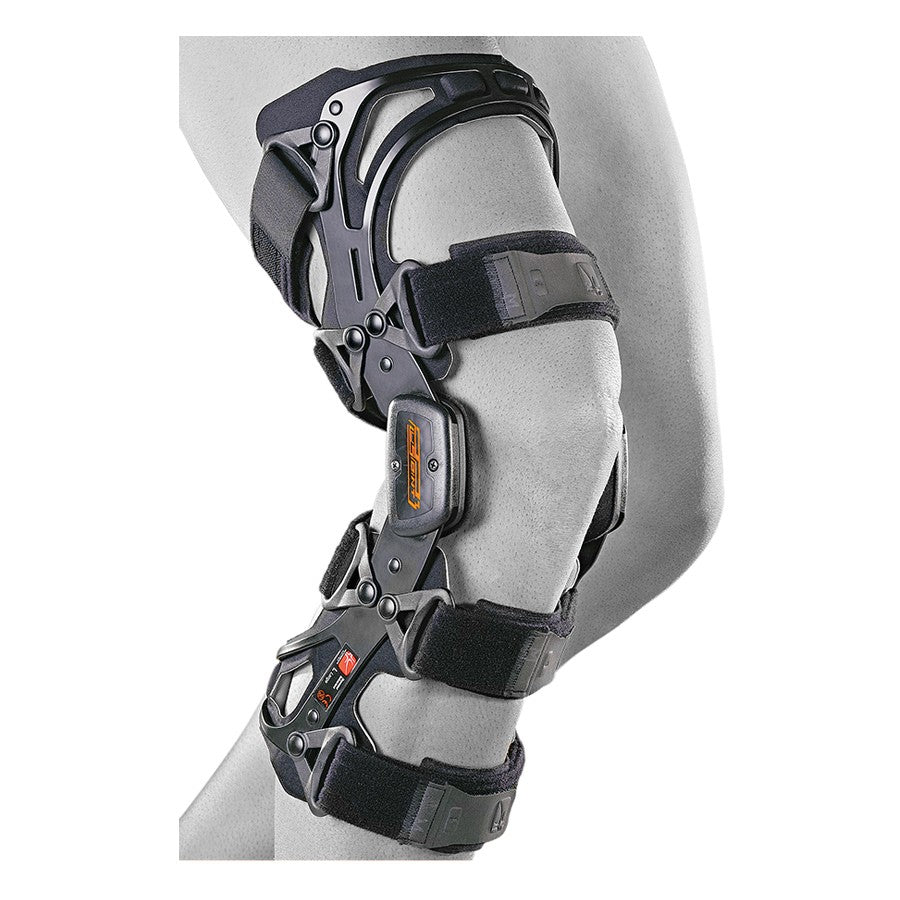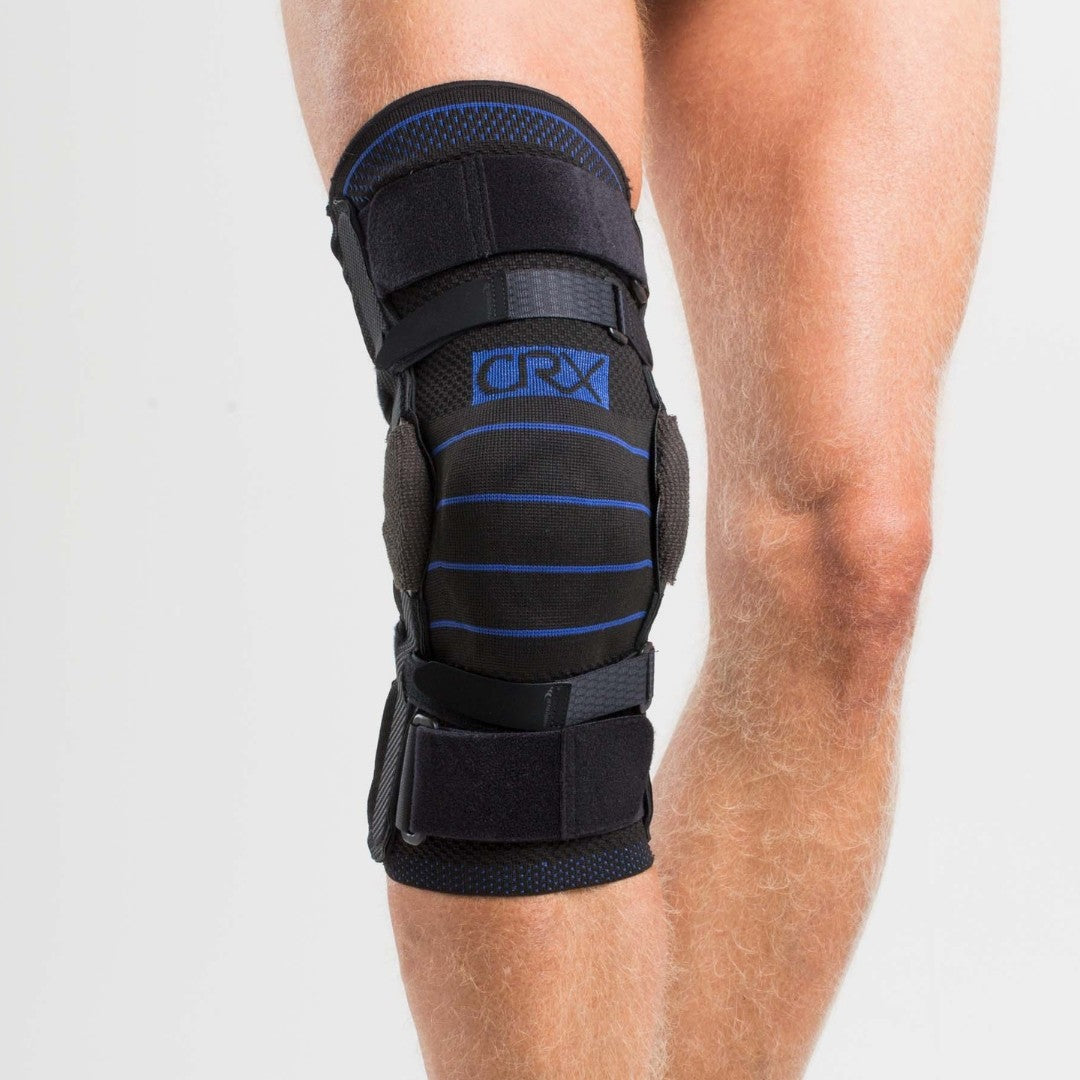Posterior cruciate ligament injury is a less common knee injury than anterior cruciate ligament injury but has a significant impact on stability when it occurs. The injury is most often caused by a heavy blow or fall to the knee joint and can cause severe instability in everyday life and sports. Rehabilitation is extensive and often requires surgery in combination with long-term physiotherapy.
What is a posterior cruciate ligament injury?
The posterior cruciate ligament (PCL) is one of the most important stabilizing ligaments in the knee joint and prevents the lower leg from being pushed backwards in relation to the femur. The injury often occurs in sports with hard collisions or in traffic accidents. Depending on the extent, the injury is divided into three degrees – from stretching to complete rupture.
Common causes & risk factors
Posterior cruciate ligament injuries usually require a lot of force. They are most often triggered when the lower leg is pushed back strongly, for example in ice hockey, football or when falling on a bent knee. Traffic accidents are another common cause. Sports with a lot of close contact or where the knee joint is exposed to high loads pose a greater risk.
Symptoms
- Rapid swelling and pain in the knee joint after the injury
- Stiffness and reduced mobility in the knee
- Feeling of instability, especially when carrying weight or walking downhill
-
In case of total rupture, there is clear functional impairment in the knee joint.
When should you seek medical attention?
A posterior cruciate ligament injury is always serious. If you suspect a PCL injury, you should seek medical attention immediately for examination, investigation, and treatment planning.
Recommended protection & support
In the case of a PCL injury, a stabilizing knee brace is often used to provide lateral stability, movement control and the ability to limit flexion in the knee joint. The knee brace can be used both before and after surgery to support the joint in everyday life and training. Rehabilitation always takes place in close collaboration with a physiotherapist and can be combined with the brace to regain stability and function.



